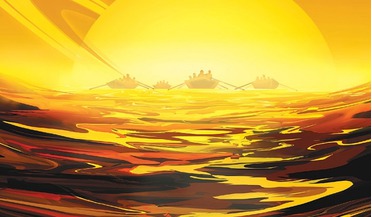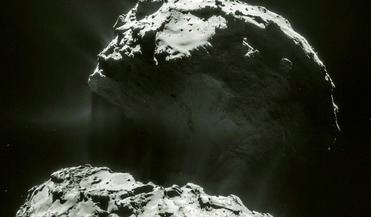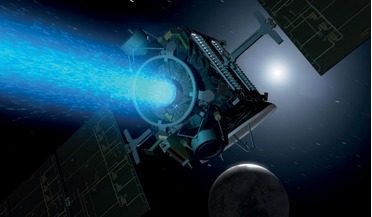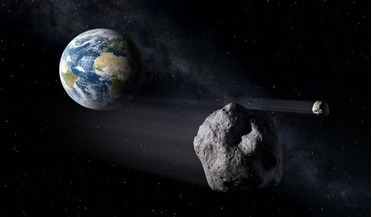 March 2016
Searching for water in the Solar System
March 2016
Searching for water in the Solar System
... September The state of that water (‘free’ versus in the structure of silicates) is not known yet but the Dawn mission will address this question. In a December 2015 issue of the journal Nature, preliminary results suggested the presence...
 January 2020
Small body missions unveil interplanetary secrets
January 2020
Small body missions unveil interplanetary secrets
... out what they really are and where in the solar system they were made. NASA’s recent Dawn mission departed its earlier encounter with 4 Vesta and orbited Ceres, the largest object in the asteroid belt...
 September 2019
A new era in planetary defence missions
September 2019
A new era in planetary defence missions
... spacecraft. The NEXT-C engine will be about three times as powerful as the similar ion engine used on the Dawn mission to the asteroids Vesta and Ceres. DART will use NASA’s newly developed Roll Out Solar Arrays...
 October 2016
Unlocking the potential of annular ion engines
October 2016
Unlocking the potential of annular ion engines
... Technologist for In-Space Propulsion at NASA’s Glenn Research Center, worked on NASA’s Deep Space One and Dawn missions; and NASA’s Next Generation Ion Propulsion System programme. References 1. Patterson, M.J, Soulas, G.C., Young, J.A, Crofton...
 August 2017
Big science from small spacecraft
August 2017
Big science from small spacecraft
... the asteroid belt en route to the outer planets have given us a closer glimpse of only a few; and NASA’s Dawn mission has provided detailed examination of just two of the largest, Ceres and Vesta. This is definitely rich hunting...
 25 April 2016
Near-Earth asteroid population smaller than thought
25 April 2016
Near-Earth asteroid population smaller than thought
... estimates, so around 900 ± 10 NEAs. The research, by Pasquale Tricarico, a senior scientist at PSI and a participating scientist on the Dawn mission for both Vesta and Ceres, also suggests that the albedo of asteroids studied to date, in the size...